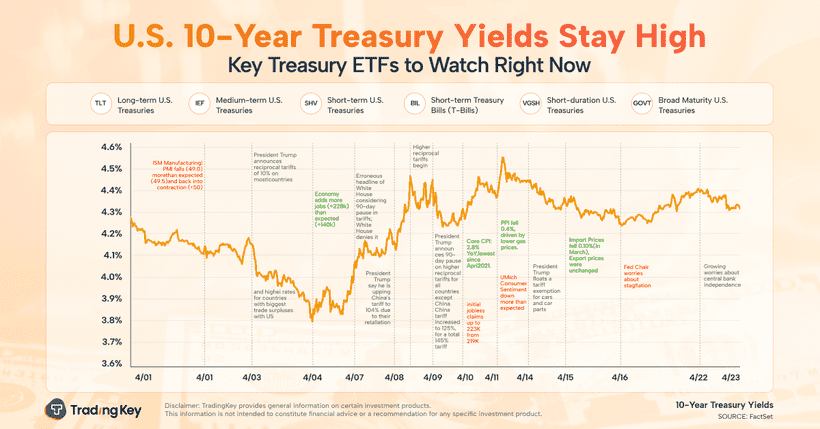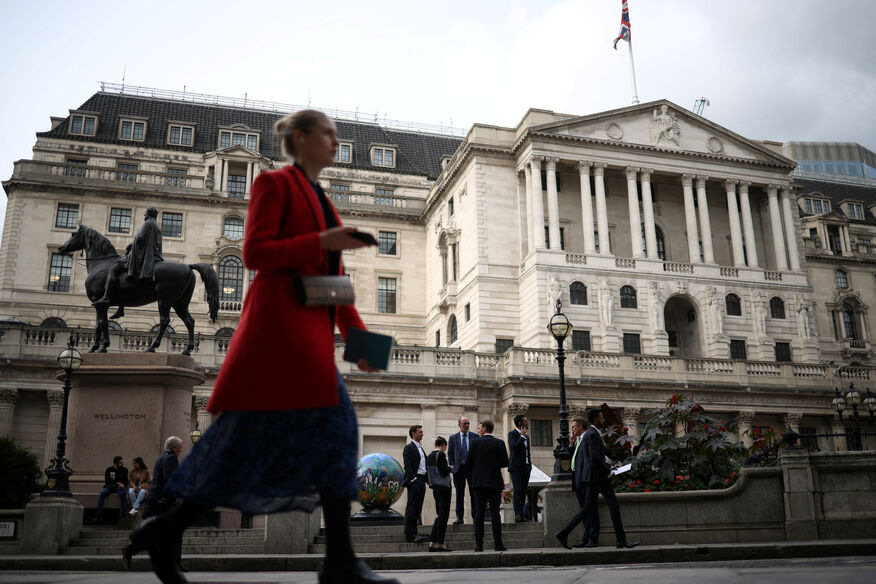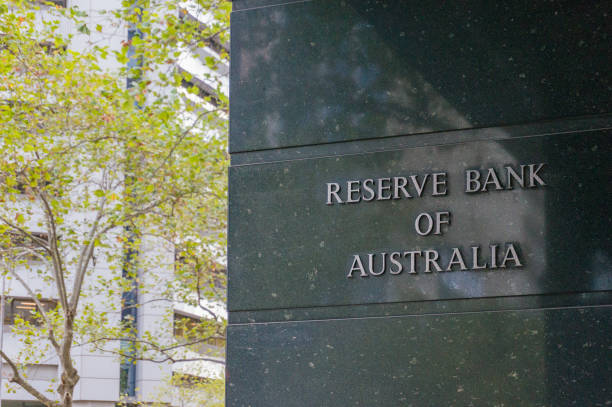Federal Reserve FOMC 6-7 November: What Investors Need to Watch


TradingKey - In terms of central banks, none is more powerful than the US Federal Reserve (Fed). That’s down to the impact it has on monetary policy in the world’s largest economy. The central bank sets interest rates for the economy – and by default, much of the world – via what is officially termed the “Fed Funds rate”.
The Fed meets eight times a year to decide on interest rate policy in a meeting that is coined the Federal Open Market Committee (FOMC). The next FOMC gathering is from 6-7 November (Wednesday to Thursday) and is typically concluded around lunchtime on the second day with a press release followed by a press conference with Fed Chairman Jerome Powell.
This month’s meeting takes on extra meaning as it’s only the second meeting after the Fed started its interest rate cutting cycle by lowering its Fed Funds rate by 50 basis points (bps) – or 0.5% – at the September FOMC. That 50 bps cut was also the first interest rate cut in over four years.
So, with investors closely watching what the Fed will say on Thursday, here’s what they should know and be monitoring ahead of the FOMC get-together.
Dual mandate of jobs and inflation
The Fed’s official role is actually determined by its “dual mandate”. This states that the Fed has a dual mandate to ensure stable prices (inflation) and maximise sustainable employment (jobs). Officially, this mandate was spelled out in law via a 1977 amendment to the Federal Reserve at. Today, it’s simply described as the Fed’s dual mandate.
As such, investors (as well as the Fed) have been given a host of data points in recent months that will determine their course of action with regards to interest rate policy. Last Friday (1 November) was the latest, most relevant data release as it covered the monthly nonfarm payrolls – otherwise known as employment numbers.
What does the latest data say?
This showed that the US economy added only 12,000 jobs in October – much weaker than the average of 110,000 jobs that was expected. However, there were a few mitigating factors that skewed the data, including strikes at aerospace firm Boeing and two massive hurricanes (Hurricanes Helene and Milton) that hit the US.
Nevertheless, the trend of slowing jobs growth is there. During the same release on Friday, the Bureau of Labor Statistics said that August’s employment number was revised down by 81,000 (from 159,000 jobs to 78,000 jobs) and September’s employment number was revised down by 31,000 (from 254,000 jobs to 223,000 jobs).
Meanwhile, while investors tend to watch the consumer price index (CPI) number for clues on inflation, what the Fed actually monitors is a different number entirely. It’s called the personal consumption expenditures (PCE) price index and this strips out volatile food and energy items.
The latest PCE data for September came out last week and it showed the PCE price index rising 0.3% month-on-month and registering a 2.7% year-on-year rise. The Fed tends to look for an inflation rate of 2% over the long term for the PCE.
As a result, inflation data recently have come in slightly hotter than expected and this will mean the Fed has a difficult balancing act between ensuring the employment market stays strong and inflation low.
What is the market expecting this week from the Fed?
Overall, the stock market is currently pricing in two 25 bps cuts to the Fed Funds rate for the rest of 2024; one at this week’s meeting and the other at the 17-18 December FOMC meeting.
Given inflation is close to the Fed’s target rate, the US central bank has made clear in recent months that its focus has shifted (from getting inflation under control) towards ensuring the health of the jobs market.
That means it’s likely that the latest (weak) October jobs report will give it the breathing room to cut interest rates by 25 bps this week. More importantly, investors will be looking for signs or indications of how the Fed is viewing the current US economy and where it sees interest rates heading in 2025.
If the Fed were to become more concerned about an impending US recession, the pace of interest rate hikes could quicken but – if the US economy manages to avoid this “hard landing” scenario – then it could be a much more gradual path downwards for interest rates over the next 12-18 months.







